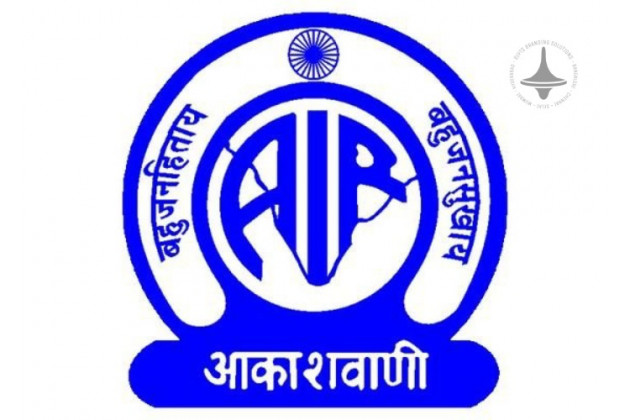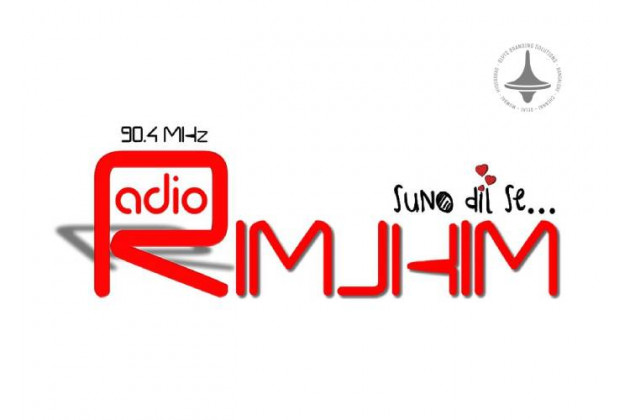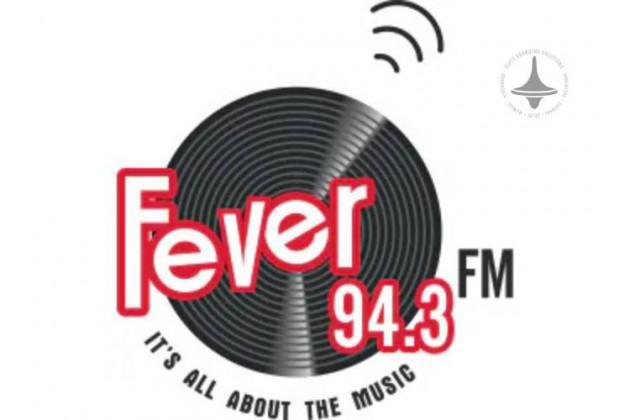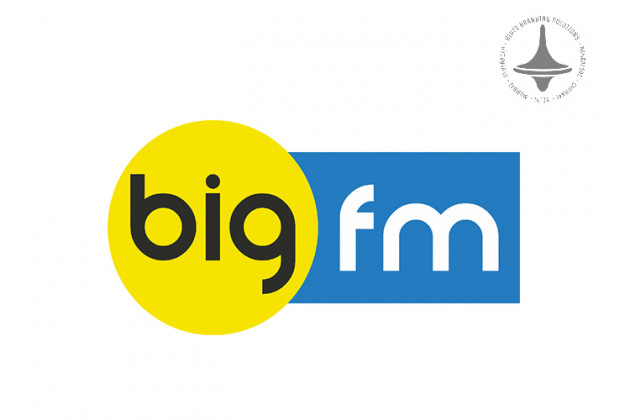FM Radio Advertising | Digital World | Marketing | Elyts Branding

In an age dominated by digital platforms and streaming services, many marketers are questioning the relevance of FM radio advertising. Despite the rise of digital media, FM radio continues to hold a unique position in the advertising landscape. As technology advances, so too does the evolution of FM radio, presenting both challenges and opportunities for advertisers.
The Enduring Appeal of FM Radio
FM radio has remained a staple in many households and
vehicles, providing a familiar and accessible form of entertainment. According
to recent statistics, millions of listeners still tune in to FM stations daily.
This continued engagement can be attributed to factors such as local content,
real-time updates, and community connection, which are difficult to replicate
through digital means.
Integration with Digital Platforms
One of the most promising aspects of FM radio's future is
its ability to integrate with digital platforms. Many radio stations now offer
online streaming, podcasting, and social media interactions, allowing
advertisers to reach audiences through multiple channels. Advertisers can now
benefit from cross-platform promotions, combining traditional radio spots with
digital engagement.
Targeted Advertising and Data Analytics
Digital transformation has enabled FM radio to offer more
targeted advertising through data-driven insights. With the integration of apps
and online platforms, advertisers can now leverage demographic data to tailor
their messages. Programmatic buying and geotargeting allow for more
personalized and effective ad placements, bridging the gap between traditional
broadcasting and digital precision.
Challenges and Competition
Despite its resilience, FM radio faces challenges from
digital audio platforms like Spotify, Apple Music, and podcast networks. The
rise of on-demand content has changed listener habits, pushing FM stations to
innovate and maintain relevance. To compete, radio advertising must embrace
interactive and engaging formats, including branded content and sponsorships.
The Road Ahead: Hybrid Models
The future of FM radio advertising lies in hybrid models
that blend traditional broadcasting with digital elements. Interactive ads,
voice-activated prompts, and integration with smart devices can enhance
listener engagement. Moreover, embracing data analytics will help advertisers
measure the impact and optimize their campaigns.
Conclusion
FM radio advertising is far from obsolete. Instead, it is
evolving to meet the demands of a digital world. By embracing technology and
leveraging data-driven strategies, advertisers can continue to benefit from
radio’s wide reach and local appeal. The future of FM radio lies in its ability
to adapt, innovate, and integrate with the digital landscape.
Elyts Advertising and Branding Solutions | www.elyts.in (India) | www.elyts.agency (UAE)






















Leave a Comment